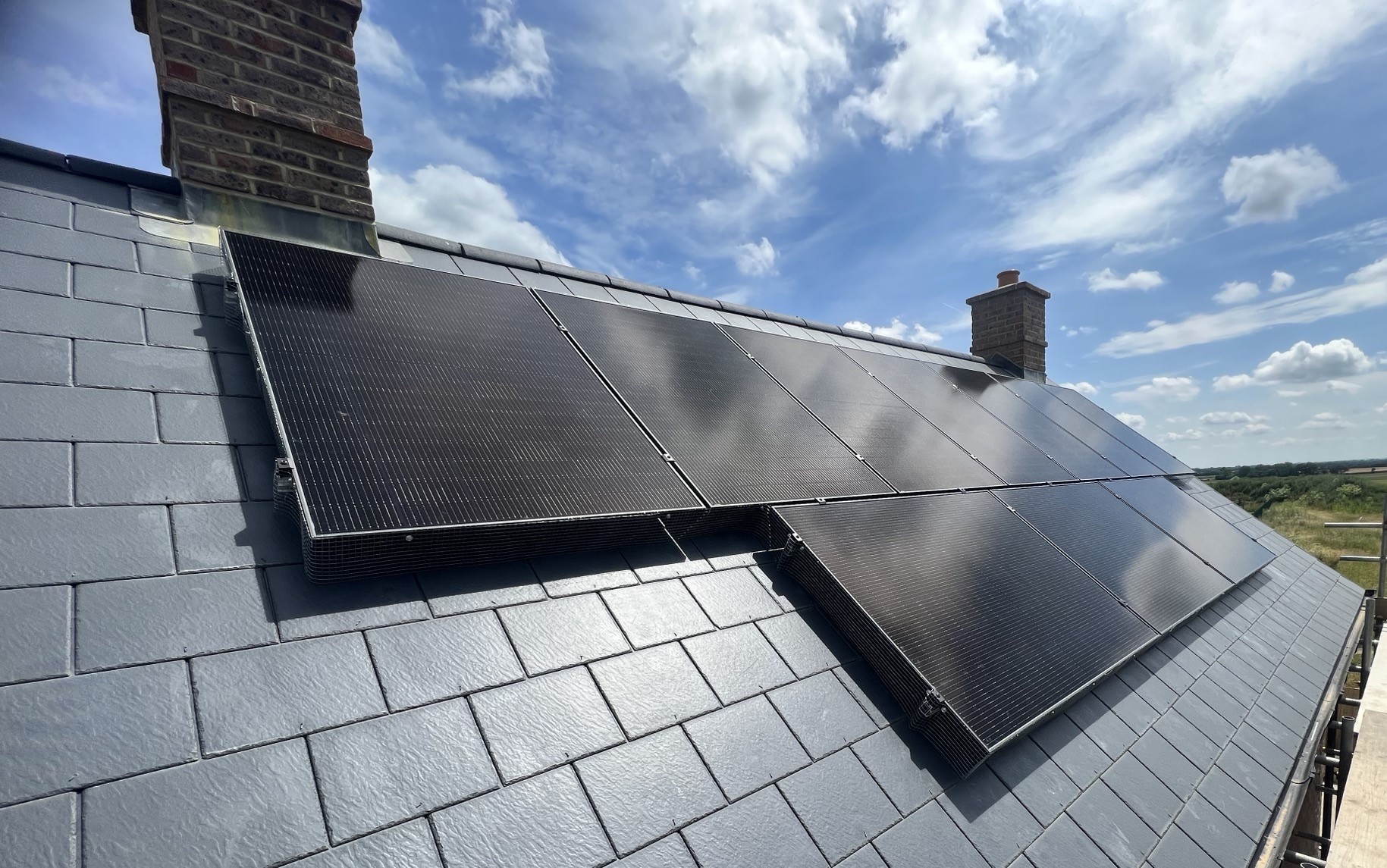In the last year, Oxford PV, a pioneering spinout from Oxford University announced that, alongside their partners, Germany’s Fraunhofer Institute for Solar Energy Systems, that they had developed a solar panel with an impressive 25% conversion efficiency.
What is Solar Panel Conversion Efficiency?
Conversion efficiency measures the percentage of sunlight a solar panel captures that is converted into usable electricity. Most modern solar panels have an efficiency rate for 20-22%, with the highest efficiency on the market being 24%. Oxford PV’s new breakthrough pushes this further, making it a significant milestone in solar energy innovation.
How do Perovskite Panels Differ from Traditional Solar Panels?
Traditional solar panels use silicon cell technology to convert sunlight into electricity. The main disadvantage of traditional silicon cell solar panels is they have limits, they can only convert certain wavelengths of light.
Oxford PV have combined silicon with a thin layer of perovskite, a synthetic material modelled on a naturally occurring mineral. Silicon excels at converting red and ultraviolet light, perovskite complements it by converting blue light.
Why Solar Panel Efficiency Matters
Higher solar panel efficiency means more electricity from a smaller surface area. This is particularly important for homeowners and businesses looking to maximise energy output without needing additional roof space. Higher efficiency panels also reduce the cost per kilowatt-hour, making solar energy even more accessible and affordable for more people.
The Future of Solar Energy
Innovation within the solar industry is fundamental to reduce reliance on fossil fuels and lowering carbon emissions. Currently, perovskite solar panels are in their development phase, challenges around cell degradation are preventing perovskite panels from being released on the solar market. Perovskite is sensitive to moisture, oxygen and temperature fluctuations, as a result they are currently heavier than a traditional solar panel as require additional glass to protect them from rapid degradation. Despite the faults, perovskite solar panels have definitely garnered attention as a plausible replacement for traditional solar PV panels in the future.
Should I Wait for Pervoskite Solar Panels?
While future innovations are exciting, solar technology today is more than capable of meeting both residential and commercial needs. Waiting for perovskite technology to become commercially available on the solar market could result in losing out on years of free electricity, during a time when every penny saved is important. With the rising costs of energy prices at SolarTherm UK, we would recommend that instead of waiting you install today to take advantage of up to 70% off your energy bills.
Ready to Start Your Solar Journey?
At SolarTherm UK, we have over 15 years’ experience helping Essex, London, East Anglia and the wider South East homeowners save money and reduce their carbon footprint with a solar PV installation. Our MCS-certified installers will only fit the best quality components in your property – simply put if we wouldn’t put it in our homes, it’s not going in yours.
Contact SolarTherm UK today for a free no obligation quote and design, tailored for your property, usage and future energy needs. No hard sell, just honest, expert advice.
At SolarTherm UK, we do the research so you don’t have to.





